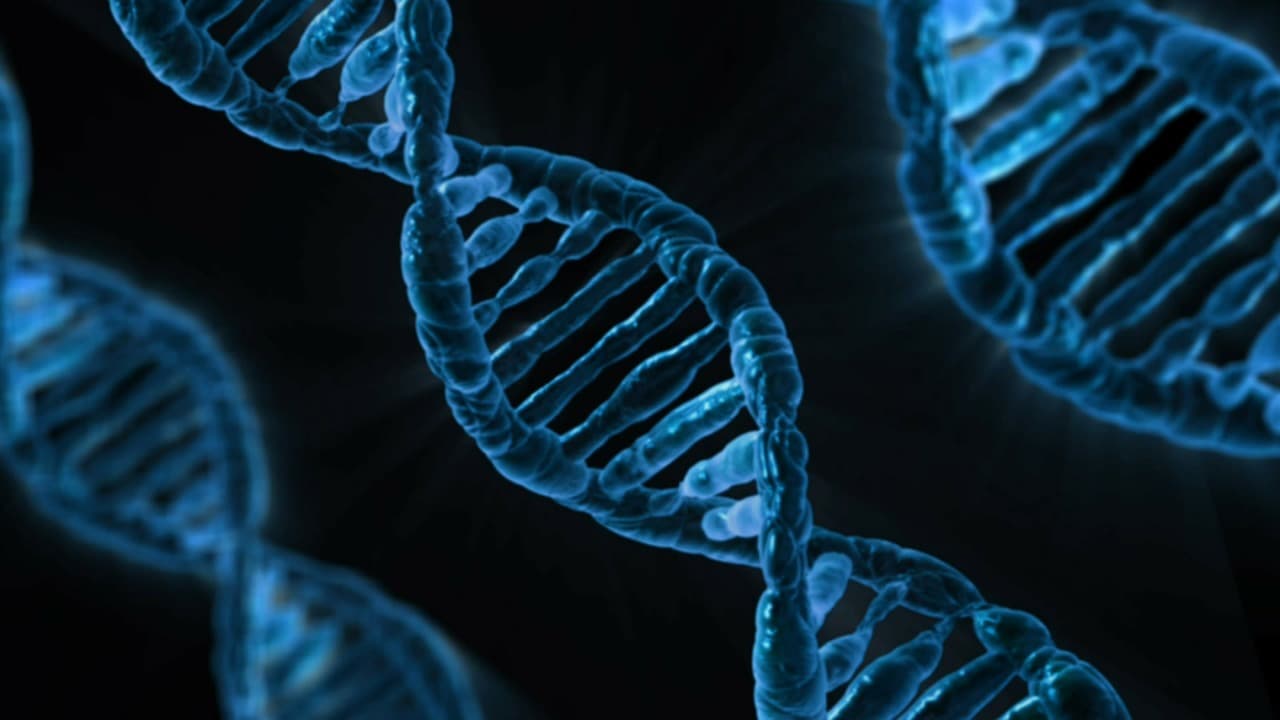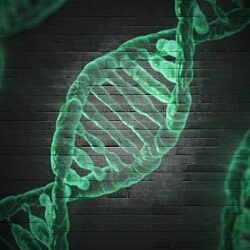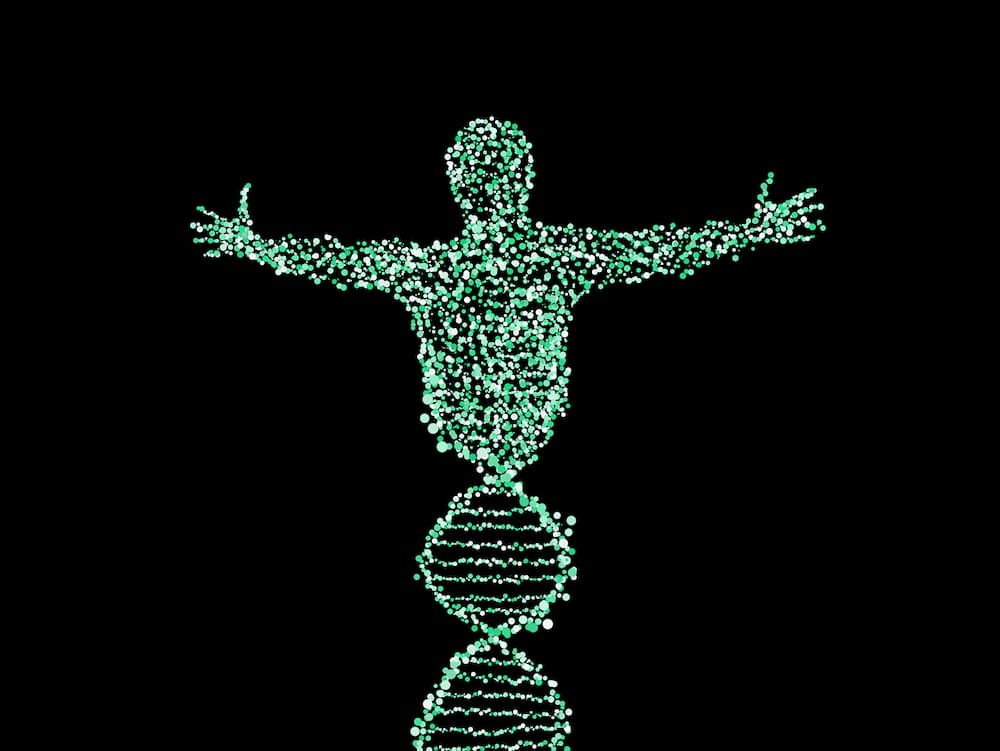The Chemical Structure of DNA
The term DNA is no stranger to anyone. It is found in every uni- and multicellular life form on Earth. DNA (deoxyribonucleic acid) was first isolated by Swiss physician Friedrich Miescher in 1869. But it took a century before scientists were able to identify the structure that forms it, thanks to the research of Rosalind Franklin – where she discovered the double helix structure of DNA.
The DNA has two intertwined strands. The strands are made of nucleotides that each consists of three parts that form their structure. These three important parts are the sugar molecule attached to the phosphate group and a base. The “backbone” of DNA strands is formed with the repeating combination of the phosphate group and sugar molecule. Let’s talk about these structures in detail.

What does the DNA do?
Life is a never-ending cycle of cells regenerating and dying, making life forms adaptive to changes around them. Imagine your cells dividing, regenerating, and dying over and over every second. The DNA is responsible for making sure it happens. The DNA must be able to replicate itself by splitting the two strands apart to form the template and create the complementary strands. And this continuous cycle of replication is the basic instruction that the DNA carries to ensure that organisms can develop, survive and reproduce.
Structure of DNA
Hydrogen Bonding. The bases of DNA form strong intermolecular forces called hydrogen bonds. These bonds are easily formed and easily broken. It allows the DNA to “zip and unzip” information for processing and storage. This bond is important because it allows one strand of DNA to bond strongly with a complementary strand that forms the exact opposite of the base pairs.
Double Helix. You’ve probably heard of double helix from middle school or anytime people talk about DNA. The DNA is rarely present in a single strand. It comes in pairs and forms the double helix shape that looks like a “twisted ladder”. Scientists believe that this shape is special because it allows the DNA to be stable and flexible enough to bend, twist, and wrap itself when needed.
Sugar Molecule. The sugar molecule differentiates the DNA from the RNA. It is made of a 5-carbon sugar with one less oxygen molecule than the latter. Hence, the names “deoxyribose” and “ribose”. This very small difference makes the DNA more stable and durable.
Phosphate Group. The phosphate group binds the DNA as one, making it known as the “backbone” of DNA. To give the DNA its structure, phosphate molecules bind to other phosphate molecules forming the group that makes very long strands.
Base. The base is the signature of the DNA. it allows the two strands to be bound together through strong hydrogen bonds that connect the bases to the adjacent strands. There are four bases that make up your genome. It is what scientists use to analyze your DNA and what makes you unique or similar to your relatives. The four bases are:
Adenine (A) is always bonded to Thymine (T)
Guanine (G) is always bonded to Cytosine (C)
The typical human DNA is made of 150 million base pairs in just one molecule. Now, that’s tough to imagine but it makes the DNA even more interesting!
You can use this bond, or pairing, to work out the potential sequence of the opposite strand even if you only have one strand of the DNA. This allows the DNA to replicate itself through a process performed by DNA polymerases.
What else is the DNA responsible for?
DNA is also used to create proteins. What do proteins do? It is responsible for performing the basic functions of life. For a single strand of protein to be created, the DNA strand must split where the mRNA (messenger RNA) makes a small copy of DNA through the process of transcription. The RNA only needs this small piece of DNA to make an actual protein. Once the RNA is finished copying the DNA, the two unzip strands bind again.
RNAs have two primary differences from DNA: (1) additional oxygen in its sugar group and (2) it uses almost the same bases except for one – Thymine is replaced with Uracil (U) to join Adenine (A), Guanine (G), and Cytosine (C). Uracil shares a similar structure with Thymine except for one less methyl group – CH3.
Now, the mRNA will go to the cytoplasm of the cell where protein synthesis takes place. Here, individual amino acids are coded from the DNA, when combined together will make up the actual protein. There are even DNA test kits for cats!

